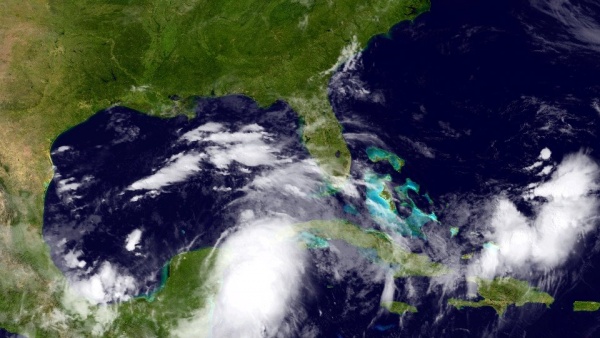Monitoring the Severe Weather and Excessive Heat
Our thoughts and prayers are with those whose lives have been affected by the storms that struck many states last night, including parts of Indiana, Kentucky, Ohio, West Virginia, Virginia, Maryland, Pennsylvania and the District of Columbia.
We’re continuing to monitor the storm’s aftermath and we’re working closely with all of the states that were affected. If you are in an area impacted by the storm last night, please continue to listen to local officials, and make sure you do not touch downed power lines or objects in contact with a downed power line. When it’s safe to do so, report down trees and power lines to your local police or utility company.
The National Weather Service has issued Excessive Heat Advisories in many areas that have been affected by last night’s severe weather and we urge everyone to take safety precautions, especially if you don’t have power.
- Check on family, friends, and neighbors who do not have air conditioning, especially those who spend much of their time alone.
- Drink plenty of water, even if you do not feel thirsty.
- Stay indoors as much as possible and limit exposure to the sun.
- Stay on the lowest floor out of the sunshine if air conditioning is not available.
- If you don’t have power, limit the amount of time your refrigerator is open to keep food cool.
- Never leave children or pets alone in closed vehicles.
- Listen to local officials for information about cooling centers.
- If you don’t have power or phone service, try texting to let friends and family know you’re OK.
- Listen to Local weather forecasts for critical updates from the National Weather Service and stay aware of temperature changes.
From an operational perspective, some of our activities include:
- At the request of the State of Ohio, a FEMA liaison officer is deployed to the Ohio state emergency operations center to support state response efforts as needed.
- FEMA has also deployed an Incident Management Assistance Team to West Virginia to work side by side with the West Virginia Division of Homeland Security and Emergency Management.
- FEMA remains in close contact with federal partners at the National Weather Service forecast offices, the U.S. Army Corps of Engineers and the U.S. Department of Energy.
- FEMA’s National Response Coordination Center in Washington, D.C. is activated, and our Regional Response Coordination Centers in Chicago, Ill. and Philadelphia, Pa. are activated to support impacted states if requested.
Continue to follow local weather forecasts as weather conditions can change unexpectedly, and please remember to check on your neighbors and stay in touch with friends and family to ensure everyone is OK.




